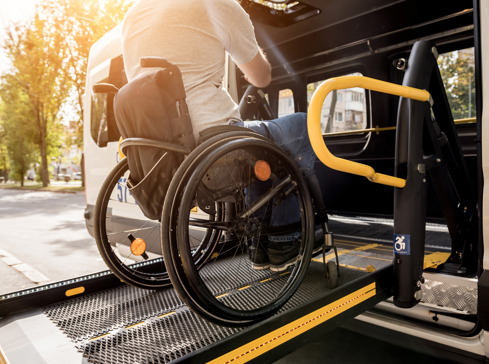David Erwin, Senior Associate in the our personal injury team, shines the light on autonomic dysreflexia and its potential threat to people after a spinal cord injury.
At Higgs LLP, we have years of experience in helping people who have suffered a spinal cord injury (SCI). That’s not only from a legal standpoint if the injury has occurred as a result of negligence, but also to signpost people to organisations which can help manage day-to-day life.
One of the significant potential problems after a spinal cord injury is autonomic dysreflexia - and it’s absolutely vital that people know what to do if it occurs.
Autonomic dysreflexia is a potentially life-threatening condition most commonly occurring in people with spinal cord injury at the thoracic six, or T6, level and above.
It happens when the person’s autonomic nervous system, which controls things we do without thinking, such as breathing and digestion, overreacts to something happening below the damaged level of the spinal cord.
Feeling and muscle control can be lost below that level, but the nerves there will still try to send signals back to the brain. In turn, that can make the body do the wrong thing. The blood vessels may react to the false signals and become narrower, increasing blood pressure. The brain tries to tell the blood pressure to lower itself, but that message cannot get past the damaged parts of the spinal cord.
In the event of an attack, patients are likely to experience a significant increase in blood pressure, a severe, pounding headache and a very slow heart rate. Other symptoms can include heavy sweating, anxiety, blurred vision and trouble with breathing. This leads to a risk of stroke, seizure or even cardiac arrest.
There are several problems that can affect the nerve responses and set off the condition. The most frequent causes are an over-full bladder, or bowels. Others can be kidney stones, urinary tract infection, sores, irritated or burnt skin, sexual activity or over- tight clothing.
Clearly, it is very important to be able to recognise the symptoms and seek medical help immediately the condition occurs. Very often, spinal injured patients will have been taught about it prior to leaving hospital, but it’s a good idea for their family, friends and carers to know about it too. Until medical help arrives, it can help the patient to sit up as much as possible and so move blood to the lower body and reduce the blood pressure, to loosen any tight clothing, and to go to the toilet.
Treatment would then be aimed at monitoring and lowering the blood pressure until it reaches a safe level. For that reason, it’s important for the person to be aware of their normal, safe blood pressure.
Measures which may lower the chance of the condition occurring are simply to keep to a regular schedule with the bathroom, so as to prevent the bladder and bowels from becoming too full, avoiding skin sores or ingrowing toenails and knowing the signs of bladder infection. It is a good idea to carry a card for emergencies to let people know what might be happening in the event of an attack, as even trained medical personnel are not always familiar with the condition.
This can be obtained from the Spinal Injuries Association, which also publishes a detailed and practical fact sheet about the condition.




